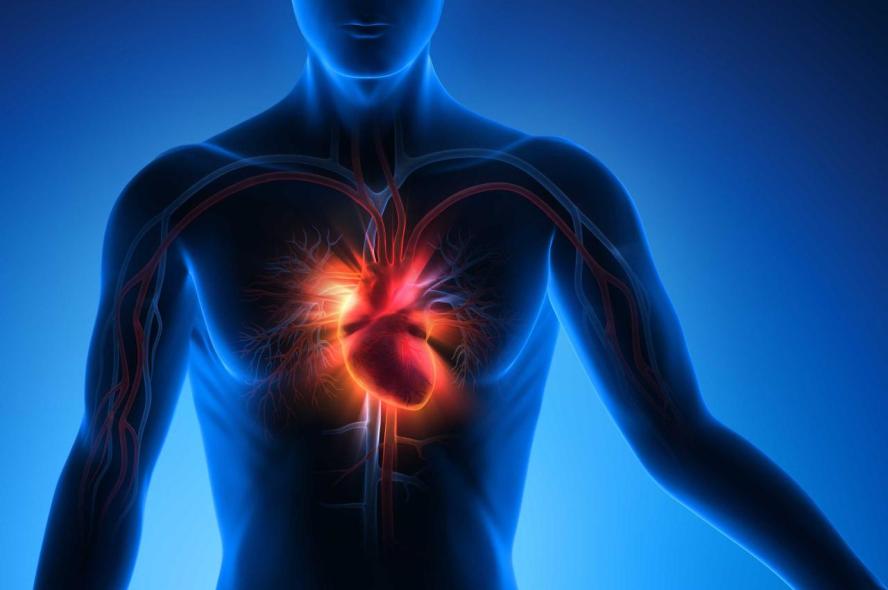ABOUT ICSC 2025

Learning Objectives
- Gain a comprehensive understanding of the pathophysiological mechanisms of cardiogenic shock
- Explore Advances in Hemodynamic Monitoring.
- Optimize the Use of Mechanical Circulatory Support (MCS)
- Integrate Multidisciplinary Approaches to Patient Management
- Identify Strategies for Patient Recovery.
- Analyze Real-World Case Studies
- Stay Updated on Cutting-Edge Research:
- Discuss the unique challenges and tailored approaches for managing cardiogenic shock in pediatric, geriatric, and high-risk patient populations
Target Audience
- Cardiologists
- Cardiac surgeons
- Transplant surgeons
- Intensive care physicians
- Anaesthesiologists
- Paediatricians
- Neonatologists
- Respiratory therapists
- Perfusionists
- Nurses specializing in critical care
or cardiac care - Vascular surgeons
- Emergency medicine physicians
- Clinical dietitians
- Physiotherapists
- Infectious disease specialists
- Palliative care experts
Program Highlights
- Meet the experts
- Pro Con debates
- Comprehensive Scientific Sessions
- Innovations in Cardiogenic Shock Therapy
- Multidisciplinary Expert Panel
- Real-World Case Discussions
- Advances in Mechanical Circulatory Support (MCS)
- Focus on Hemodynamics
- Panel discussions on evidence-based approaches
- In-depth sessions on the use of ECMO, Impella, VADs
- Pre-Congress Hands-on Workshops
Why attend the 1st International Cardiogenic Shock Congress?
1st International Cardiogenic Shock Congress: Multidisciplinary Expert Pathways in Hemodynamics, MCS, and Recovery offers healthcare professionals a unique opportunity to:
- Access the latest advancements
- Gain expert knowledge
- Collaborate with multidisciplinary teams
- Learn from real-life experiences
- Enhance practical skills
- Gain CME Hours
- Network with peers
- Contribute to the global development of ECLS therapy
It is an investment in your professional growth and, ultimately, in improving patient outcomes and quality of care.

